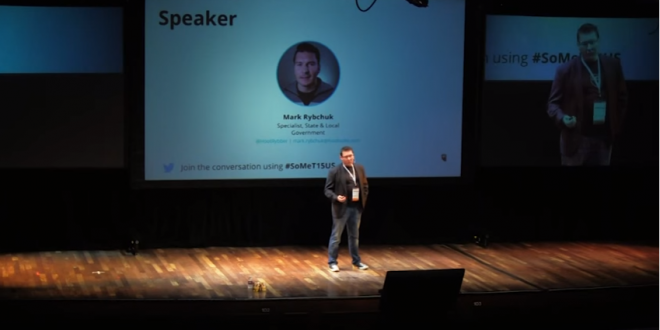How is your organization harnessing the power of social content? You don’t need a reminder that the world of content is changing and that visitors are creating content that used to come from the destination marketing organization. But with all that brilliant, user-generated content out there, what do you do with it?
At Social Media Tourism Symposium in New Orleans, Hootsuite’s Mark Rybchuk sat down with Leah Poulton and Julia Crawford from Destination British Columbia (DBC) to discuss the ways they’re using social to curate visitor content and lead a pilot visitor servicing project online. Watch the full conversation or read the highlights below:
How has social media evolved at Destination British Columbia?
DBC shifted their approach to begin building community based on individual conversations. This allowed them to move away from being creators toward listening and distributing content instead. Today, content is produced internally based on the consumer’s needs. Tactics like asking visitor centres to submit top answers to questions in a blog post have helped the organization to better provide value to travellers.
On Facebook, DBC’s core strategy is to tap into local communities and crowdsource information for visitors. On Twitter, a focus on one-to-one outreach has meant an increased volume of tweets and also increased engagement. Each individual conversation has the goal of creating an advocate or enhancing on-the-ground experiences.
Within the entire organization, the team has become almost a miniature agency that supports other teams in order to create a seamless experience for the visitor. “It’s all about social business now,” says Leah Poulton. “It’s touching everything that we do.”
How do they get buy-in from leadership and industry partners?
For Leah and Julia, the best way to show the value of their work is to tie their efforts back to a corporate goal. They speak to their CEO and their industry to learn if there is a challenge social can help to address. Anytime the DBC social team can work with industry members to help demonstrate value, they gain buy-in, which comes back to the organization and helps move everyone forward.
The social team also screenshots everything to save contextual examples that can drive home impact beyond the typical numbers they report.
What did DBC’s visitor servicing pilot project seek to achieve, and what did they learn?
During its pilot visitor servicing program, DBC trained eight visitor centres in British Columbia to actively seek out and engage with travellers via social media like they would in real life. This enables the visitor centre to interact with guests on the channel where they already communicate, whether offline (in a physical visitor centre) or online.
The project constantly evolves based on what the team learns from the experience. DBC has adjusted from a “one size fits all” approach to more individualized training approach for the visitor centres. It quickly became obvious that all visitor centres had unique challenges that ranged from the experience of staff to the volume of visitors.
Team buy-in has been the biggest factor in the success of the pilot program. In the past, social has always been owned by marketing teams. When DBC asked for visitor centres to join that team, support from both sides was crucial. Visitor servicing and marketing for these eight regions are becoming an integrated discipline. The project has huge potential to provide a seamless experience for visitors where each region supports each other and hands off conversations where needed.
You can read more of the news on source
 Travelsmart
Travelsmart



